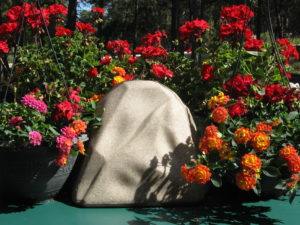
Every year, around this time, I start craving warmer days and miss mornings piddling in the garden. I find myself staring blindly into my gardening cabinet for something to organize or meddle in my collection of seeds. (My family thinks I’m hiding.) Really, I’m counting down the days until I can begin my February gardening! I always start my seeds in February in preparation for the more favorable weather of spring.
Tips
If you are new to gardening or have never started your crops from seed, it may be difficult to find a place to start. Seed planting doesn’t have to be expensive nor does it require special lights or elaborate set ups. In fact, in my experience, working with what you have is best. At the end of the spring, all plants look and taste the same. You’re likely to have learned something new along the way, too!
Start by picking up a few seed catalogs and checking out local social media boards for ideas on what to plant and how. Stop in on your local nursery shop and peruse their stock of seeds for anything that may be interesting to you, this spring. For best results, plan your garden layout. Try to incorporate some companion planting for extra fun (and best results)!
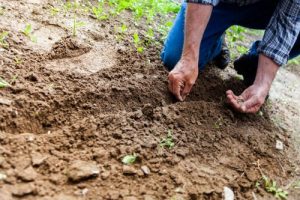
Timing is of the essence when it comes to February gardening. Some important questions to consider are:
• How long does the plant take to grow from the time it is planted until it is big enough to transplant?
• Will the weather be warm enough by then? (Will your garden beds be prepped and ready by then?)
• Where is the best location to keep your seeds to allow for adequate light?
Most of these questions can be answered by reading the back of a package of seeds or by your local nursery. You may have to monitor your windows to see which ones provide the best environment for your seeds. Watch for 4-6 hours of sunshine but be sure that the window does not get too hot, as the rays may be harmful to young sprouts. In this case, you can move the sprouts back a few inches or move to another window during the hottest parts of the day.
Best Planting Containers
When choosing which container will work best for you, there are quite a few options to consider. When able, it is considerate to avoid plastic altogether. Gardening and environmental friendliness go some-what hand in hand…and there are more bio-friendly alternatives than there are plastic pots! Consider these:
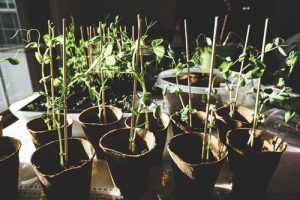
Peat Pellets
I know it’s easy to get excited about spring gardening… until you start making a mess in the house! If you do not have the luxury of a green house, bringing dirt inside can be quite a nuisance. Peat pellets are a great alternative to containing soil. The pellets themselves come in small packs and are reasonably priced. You can get around 100 for about $20.00 online.
For those of us that tend to underwater (eh hm…forget), peat pellets turn light brown when they need to be watered. No more guessing! The best part is that they are 100% biodegradable and can be directly planted into the ground. When it’s time for spring gardening, just dig a hole deep enough to cover the top of the pellet and cover! How easy is that!?
Peat Pots
Equally as reasonable, peat pots are an easy go-to container for seed planting. They, too, are biodegradable and even compostable which means that they serve your seedling long after it sprouts. While they come in single pots, a big convenience is that they also come in small flats. Much like the flats of flowers you buy at the nursery, these little pots are all connected. Peat pots are a super choice for gardening in the greenhouse, or, starting your seeds outside on a warm day! Be sure to put your pots on a tray so they don’t leak water everywhere. When ready to plant, they easily pull apart for direct transplanting.
Terracotta Pots
These are adorable! However, unless you have a garden that is on the smaller side, they aren’t necessarily practical. Terracotta pots can be somewhat pricey. Yes, you can use them year after year and true, they are eco-friendly. Terra cotta pots can add a sophisticated appeal to your garden and look pretty in the window sill, but require more maintenance than the biodegradable choices above. Be sure to clean your terracotta pots every year and be careful when storing them.
Don’t want to invest anymore into your garden, this year? I hear ya’. Get back to the basics by using biodegradable egg cartons to start your seeds! They’re great! Your seeds will be just as happy sitting close by their little seed friends as the would in a new or fancy container! While I do recommend avoiding plastic, a set of solo cups that are lying around make great containers, too! Keeping our beautiful planet in mind, they can be washed out and used year after year! No harm done. Everybody wins. Recycle them when they expire.
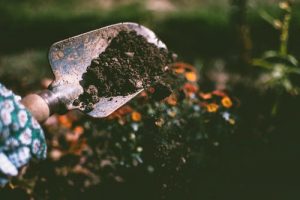
Best Seeds
In my opinion, the best seeds are shared seeds. If your area has a local group dedicated to gardening, I’d encourage you to get involved! Whether it be on social media or in a community garden setting, nothing beats trading seeds and discussing spring gardening with fellow seedsman. Trading seeds is not only a fun way to meet new people, it’s economical – and it helps others! All around, trading seeds is a good thing.
The online store, Etsy, is also a neat way to acquire seeds from other horticulturists all around the world! Many entrepreneurs who harvest their own seeds from their garden try to supplement their hobby’s expenses by selling seeds through this app. It’s easy and safe and the variety is literally endless! What you cannot find at a super store, you can find on Etsy. (I bought the most gorgeous dinner plate hibiscus seeds off Etsy, as well as blue Ukrainian pumpkins and have always been pleased with the results!)
I would encourage all gardeners to shop local, first, and what you cannot find as you grow your network of seed hoarders, you can probably order online for a little more money. If you want to be more independent in your gardening endeavors, plant a couple extra plants of vegetables and be sure to watch flowers when they go to seed. It’s a fun learning experience to harvest your own seeds and to use over and over, year after year! Carefully collect seeds and seed pods. Allow them to dry and place in a baggie with a label. File them away for next year’s planting season.
When your seed planting preparation fun has been had, don’t neglect your garden beds. Pulling weeds, tilling soil and adding compost and other nutrients are important tasks of February gardening. Planning your irrigation system is also a good practice this time of year. If you’re tired of dragging the watering hose across the lawn or wasting extra water hosing down dirt that isn’t growing anything, it may be time to consider drip irrigation. Drip irrigation is an easy solution to cut down on precious resources like your time, labor and water.
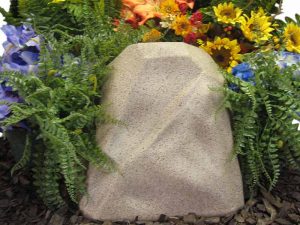
Standard drip lines can take a couple hours to install, it’s true. Watering Rocks, though, are easy to pull out, set up, and can be easily adapted. Water for days at a time without ever lifting a finger. Take the family on vacation without worrying about your plants burning up! Watering Rocks hold up to five gallons of water that is slowly released via an included drip system that is easily adjustable to help manage water flow.
Another hassle worth planning for is the inevitable nutrient balancing act that comes with gardening. With Watering Rocks Irrigation System, it is easy to slowly distribute nutrients evenly and thoroughly. Just add it into the water! This drastically reduces the chance of “burning” your plants because of uneven distribution. It also keeps the nutrients in the ground, where it belongs, rather than on top of leaves where it only causes ugly scarring.
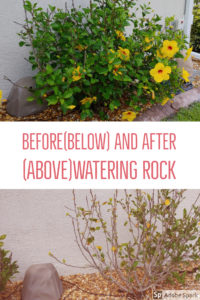
For more information and tips for gardening preparation and irrigation, visit us at www.watering-rocks.com
